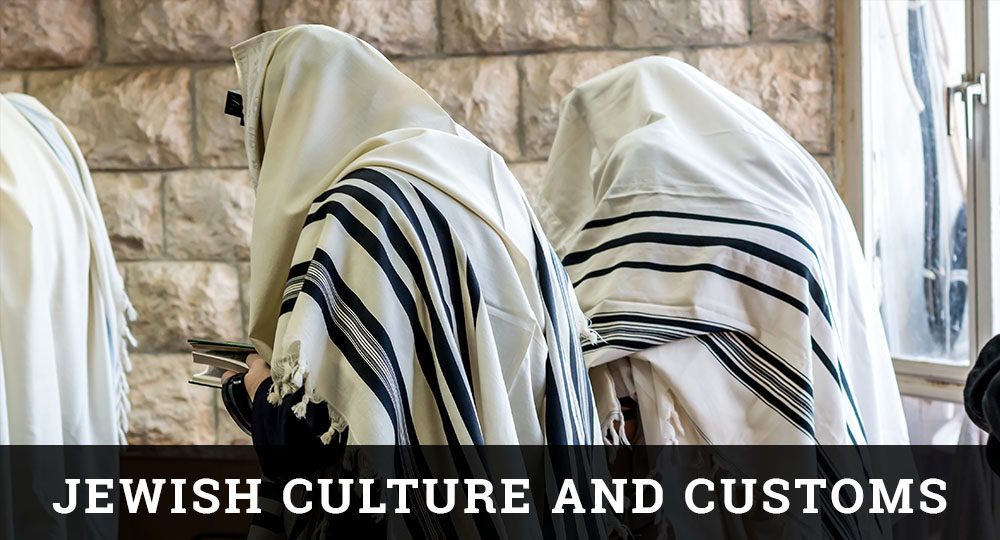


Although many people say Islamic militancy is not about religion, the trail of blood says otherwise. Can there be a Sharia democracy? We don’t think so.
You may know the story of Jonah and the fish. But do you know what Jonah’s disobe dience implied about the God of Israel? Read this article and find out.
If you’re a believer, then this article is especially for you . . . and for anyone else who may be in danger of presuming on the wonderful, amazing grace of God.
The Ninevites were bad, real bad. But God spared them. Why? Because they did the one thing God requires for deliverance—even today.
Jonah was bitter, selfish, angry, and a poor excuse for a man of God. Unfortunately, he was not much different than many of us.